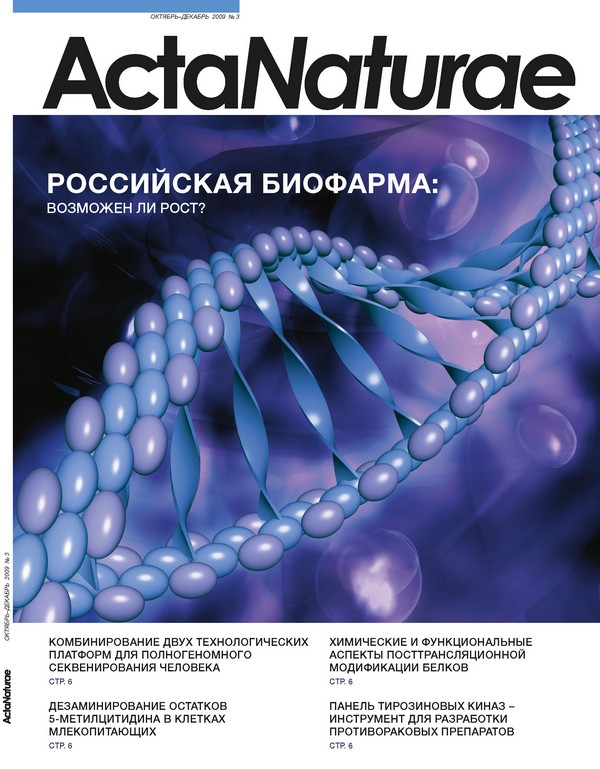Abstract
“Today Russian biopharma has two obvious main problems,” believes Alexey Konov, investment director, and Andrey Leonov, investment manager, at Bioprocess Capital Partners Ltd. Russian satirical poet Igor Guberman’s line about a “crowd of researchers staring at life’s enigma” was written more than 25 years ago. If we consider the sad end to that quatrain (about “life that sends all of those researchers far, far away”) as an illustration of the process of putting new knowledge to practice, we must admit that the current situation is even worse. In fact, until the collapse of the USSR (in the end of the 1980s), the pharmaceutical and biopharmaceutical industries provided most of the drugs the nation required. Biopharmacy in the USSR functioned the way modern corporations do. Each branch had specialized Research Institutes in which production-orientated R-D was conducted. There were also communal usage centers that worked on certain scientific tasks of the Soviet biopharmaceuticals industry. Centralized R-D and innovations made the Soviet Union one of the world’s leaders in certain fields.







